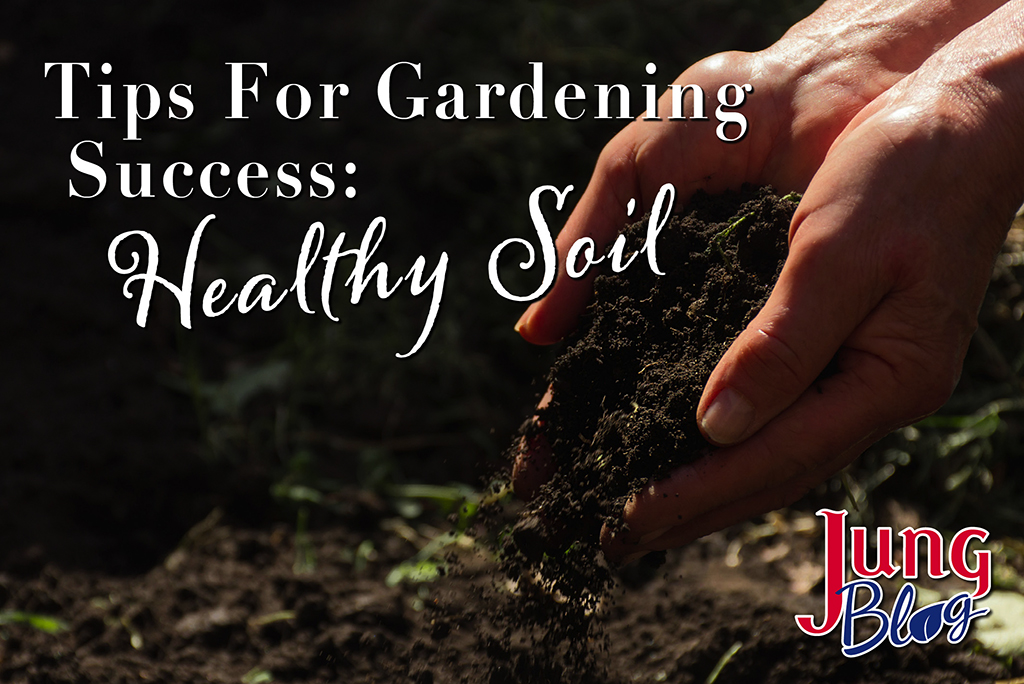
Did you know a handful of soil contains billions of microorganisms? These tiny beings are responsible for improving soil structure and providing vital nutrients for our plants.
Healthy Garden Soil
A healthy garden begins with healthy soil that provides our plants with the right amount of water, nutrients, and air. As you examine your garden, you may notice that some plants haven’t grown as expected, causing you to look for the source of the problem. Before we add plants to a garden, we should check the soil.
Soil is made of several materials, including sand, silt, and clay. A balance of these materials will allow good drainage and provide the right nutrients for our plants. For many of us, our soil has excess sand or clay.
Soil Drainage
Sandy soil drains well but doesn’t hold onto nutrients, causing many plants to grow poorly. Clay soil may have the opposite problem, as clay retains more water and nutrients.
If you’re growing fruits or veggies, it’s a good idea to amend your soil if you have drainage problems or your plants won’t grow. For shrubs, trees, and perennials, it’s typically easier to find plants that tolerate your existing soil, especially if you have a larger property.
Soil Testing
Soil health can be confusing, but a soil test will help determine your needs. Many states offer soil testing through an extension service, allowing you to send soil samples to a lab. Soil tests will look at the nutrient levels in your soil and give you recommendations for amending based on your needs. For example, suppose you’re growing a veggie garden. In that case, they will provide specific suggestions for adding nutrients to your veggie garden. Soil tests are a great tool if you’re putting in a new landscape and want to know the plants that will thrive in your existing soil.
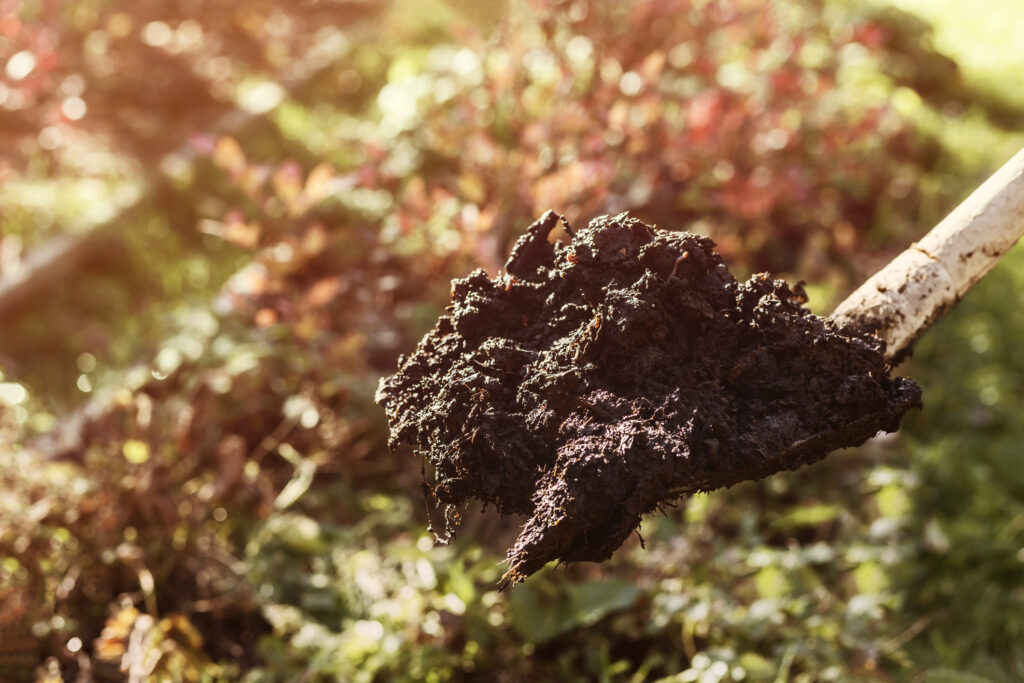
Amending Your Soil
The term “amending” means to improve something. In this case, we’re making your soil healthier for the future. We can use several methods to build healthy soil.

Compost
Compost is organic matter that decays over time as microorganisms break down the material, resulting in organic matter that we can add to our soil or use for mulch. Organic matter is taken from a natural source, such as coffee grounds or leaves. Compost improves soil structure by conserving water and nutrients, allowing healthy roots to grow eagerly.
You can find compost bins at many hardware stores and garden centers. These bins keep the organic matter organized as it breaks down. You can make your compost bin if you’re willing to do extra work.
Compost materials are easy to source, as many items can be added to the pile, including fruit or veggie scraps, weeds, leaves, and grass clippings.
A typical compost pile can be ready in 2-4 months with proper maintenance. To maintain the pile, turn the materials every month or two, allowing it to receive water. The compost should have a soil-like appearance and a pleasant, earthy smell as the compost finishes. Remember, smaller materials will break down quicker.
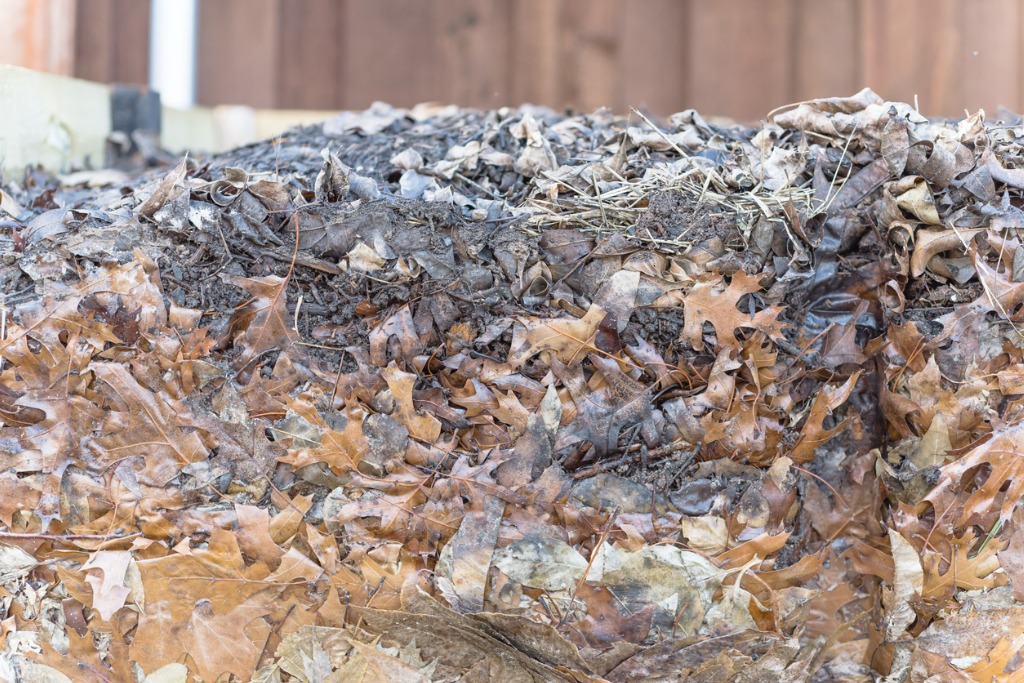
Leaf Mold
Leaf removal is common in the fall, but there’s a better way to use those leaves. Leaf mold is a compost that consists entirely of leaves. Creating this compost is like making regular compost. Before you gather leaves, you’ll need to find an enclosure to store them as they decompose.
Note that smaller leaves decompose quicker, so consider shredding your leaves before composting them. The leaf mold will be ready when the leaves have broken down and have a soil-like appearance. You can add this amendment to your garden soil or use it as mulch.
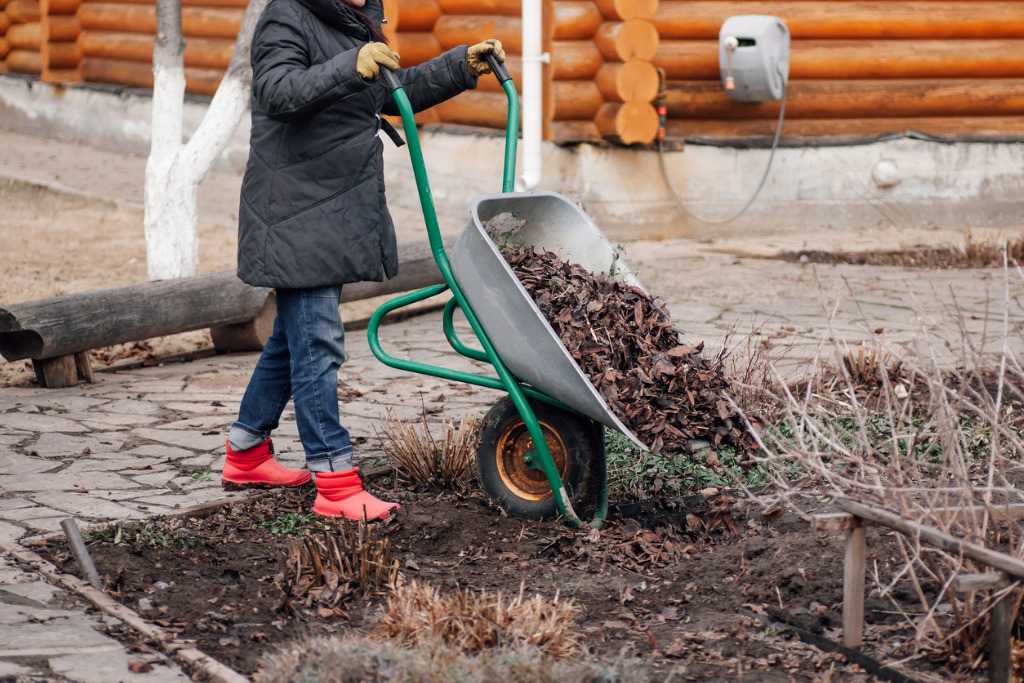
Mulch
Organic mulch, such as wood, shredded leaves, or pine needles, is an excellent way to amend your soil. This mulch retains soil moisture and breaks down over time to add organic matter to your garden. If you have pine trees, consider using the fallen needles for mulch. A common myth is pine needles make the soil more acidic, but many studies have shown they have little effect on the soil pH.
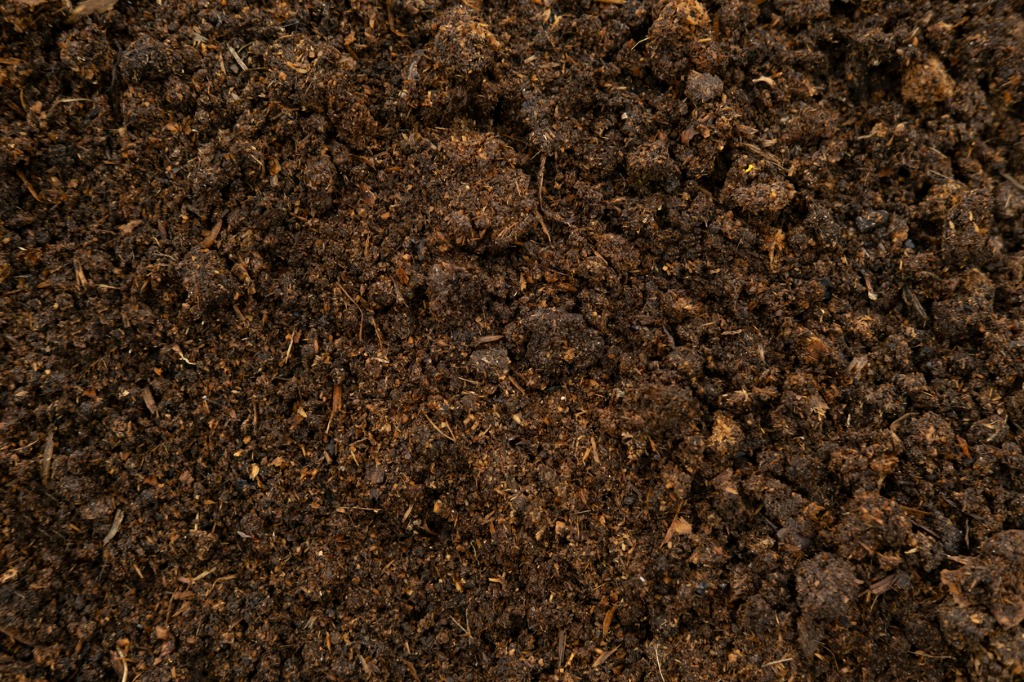
Composted Manure
This form of organic matter has similar benefits as compost and can provide additional nutrients to the soil. Animal manure is usually sourced from herbivores, like cows, sheep, or chickens. The nutrient levels in each type of manure are based on the type of animal and how the manure was stored. Fresh manure should not be used in the garden because it’ll burn the plant roots.
Composted manure has little to no odor, making it easier to use in the garden. While manure doesn’t typically have high levels of nutrients, it will improve your soil structure by making it easier to hold nutrients. The best way to apply manure is by mixing into the garden beds. You can also top-dress with manure, but sometimes water has difficulty penetrating through the manure and into the soil.
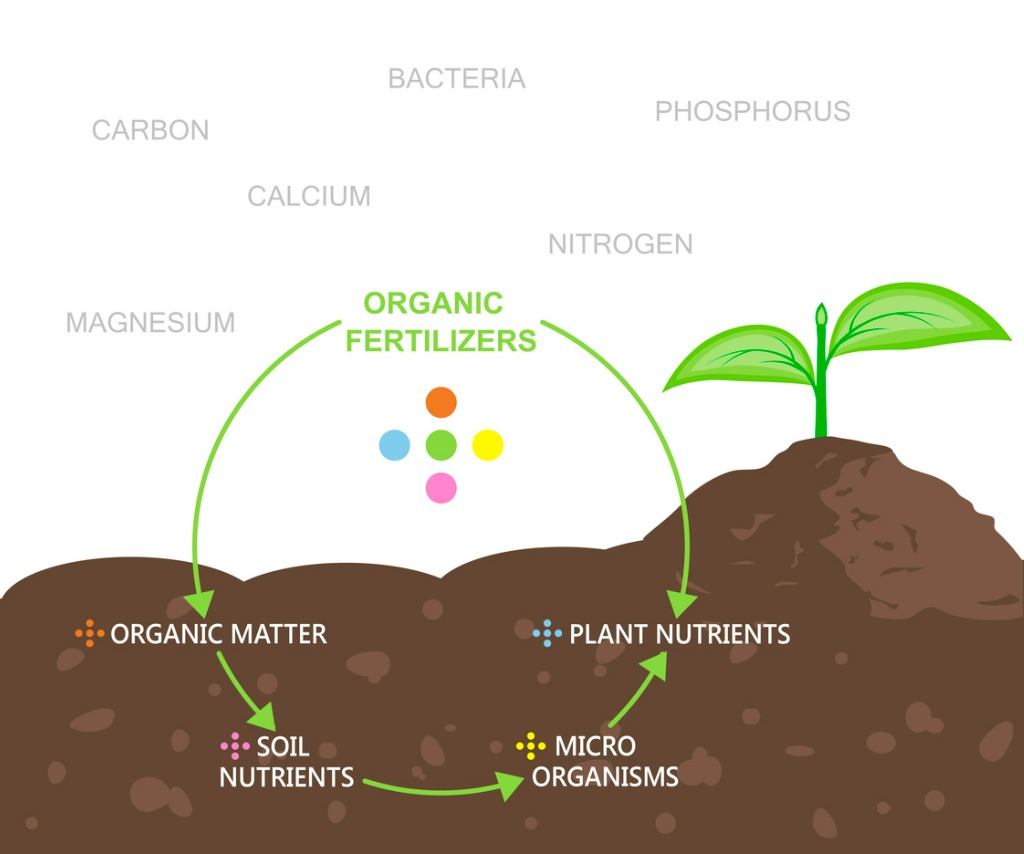
Tips for Maintaining Healthy Soil
- Add fall leaves into your garden beds- Besides leaf mold, you can shred your leaves and use them as mulch. Shredding the leaves is important to allow water movement into the soil and prevent the base of each plant from staying too wet during winter.
- Stay out of the garden beds in early spring- It’s tempting to start working the soil on the first warm day in March, but you’ll want to avoid walking in the beds while the soil is wet. Walking on wet soil compacts the ground and negatively impacts the soil structure.
- Adapt to your existing soil- For ornamental landscape beds; it’s often better to use plants that grow well in your existing soil. A good example is rhododendrons, which require acidic soil. Many of us have higher soil pH, making it difficult to grow this shrub. You can amend your soil to change the pH, but it’s often better to find plants that thrive in your current soil.

Healthy soil is vital to a healthy garden. As fall approaches, I encourage you to look for ways to improve your soil. The plants and microorganisms will thank you!
Other Recommended Reading
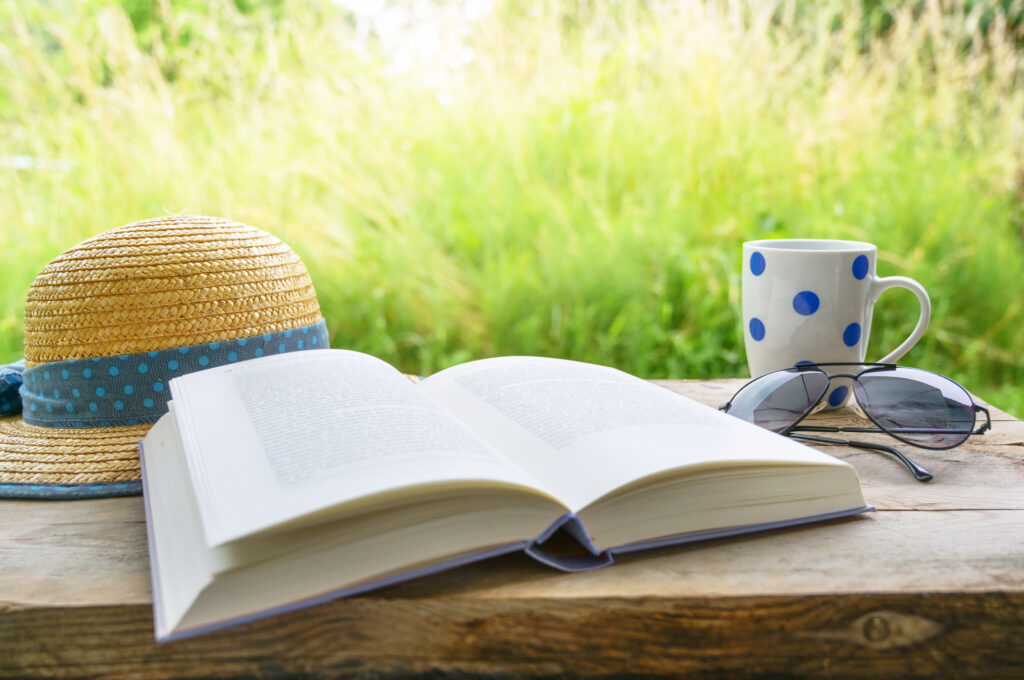
- Fall Gardening: Using Fall Leaves In The Garden
- 4 Tips for Improving Garden Soil
- Fall Composting for Beginners
- How To Prevent & Control Weeds
- A Quick Guide To Pesticides
At Jung Seed Co, we strive to be your go-to guide for all your gardening needs. Our YouTube channel The Garden Doctor by Dick Zondag is where he provides gardening tips for all levels of gardeners. When you need reliable gardening advice, turn to the trusted experts at Jung.
If you are in the Wisconsin area, please visit us at one of our Jung Garden Center locations for all your gardening needs. Otherwise, you can browse our website. To receive info on new products, exclusive deals, and specials, be sure to sign up for our weekly email. Join our Facebook page, to discuss all things gardening!
About the Author: Matthew Olson is a professional horticulturist and garden writer. He has a bachelor’s degree in horticulture from UW-River Falls and is a certified professional with the Minnesota Nursery and Landscape Association. His enthusiasm for plants and the outdoors brought him to the green industry. He regularly writes articles about gardening for both gardeners and industry professionals. He can be reached at matt@mattolsonhorticulture.com.